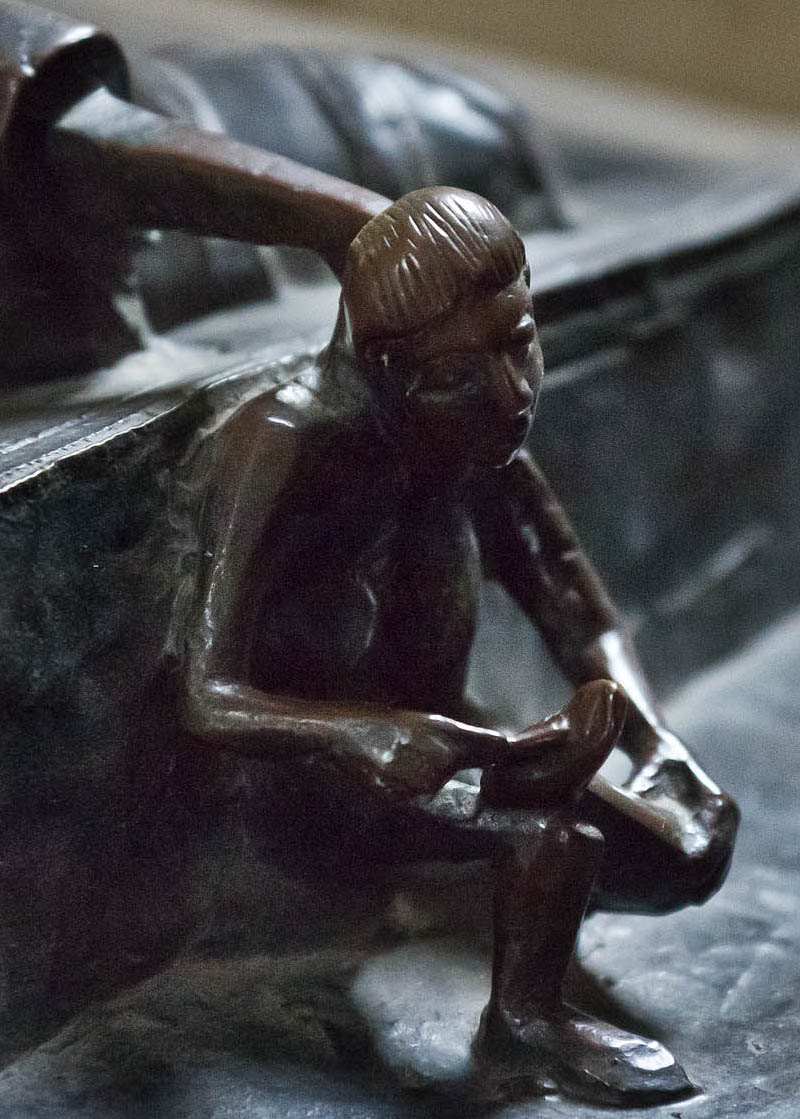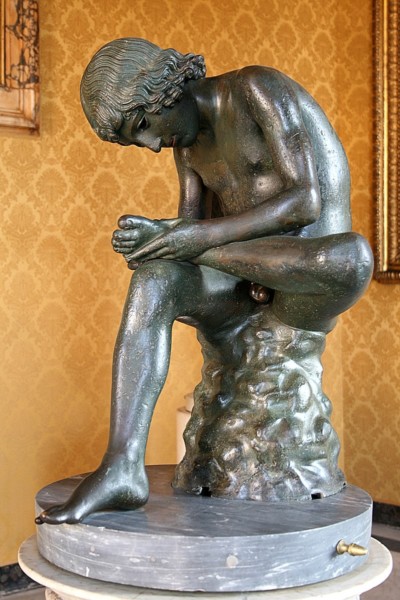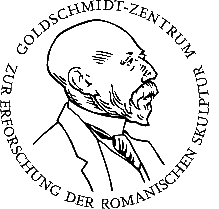The project ‘Corpus Medii Aevi’ was dedicated to the study of the artistic reception and transformation of ancient art in the Middle Ages. Between c. 2009 und 2015, the Corpus Medii Aevi supplemented the Census database with 167 records related to the reception of antiquity in the visual arts of the Middle Ages.
Antiquity was an important frame of reference throughout the Middle Ages, but unlike in the Renaissance, the reception of ancient forms was completely different. In contrast to the Renaissance works of art in the Census, the medieval examples of the Corpus Medii Aevi are often very free adaptations of antique models. Numerous examples of the transformation of antiquities in the Middle Ages can be observed in sculpture, especially in architectural sculpture. The fascination with and exemplary quality of ancient sculpture is demonstrated, for example, in 11th and 12th-century Spanish and French art. In particular, Roman sarcophagi with figural reliefs, which survived as re-used objects visible in churches or monasteries, became a source of inspiration that enriched medieval visual culture.

Tomb of Friedrich von Wettin
The so-called Spinario, the 73 cm-high bronze statue of a seated youth pulling a thorn from his foot, has been well known since antiquity and enjoyed great popularity as a motif in the Middle Ages. The ancient figure exhibited today in the Conservator’s Palace in Rome was mentioned for the first time in 12th-century sources. Benjamin of Toledo, who described the monuments of Rome as one of their admirers, saw the Spinario, whom he identified as Absalom, in front of the Lateran Palace. A little later, Magister Gregorius described the statue in his work De mirabilibus urbis Romae as ‘a highly ridiculous statue that is called Priapus’ [… eneum simulacrum ualde ridiculosum quod Pria (pum) dicunt…]. As a symbol of paganism, this figure appears frequently in medieval sculpture and manuscript illumination. The 10-cm figure on the tomb of Friedrich von Wettin in Magdeburg Cathedral can also be understood in this context.

Project Lead:
Prof. Dr. Horst Bredekamp, PD Dr. Stefan Trinks
Research Associates:
Prof. Dr. Claudia Rückert, Katrin Neumann, Kathleen Waack, Thomas Helbig, Kolja Thurner
The Corpus Medii Aevi was a project of the Adolph-Goldschmidt-Zentrums zur Erforschung der romanischen Skulptur.
